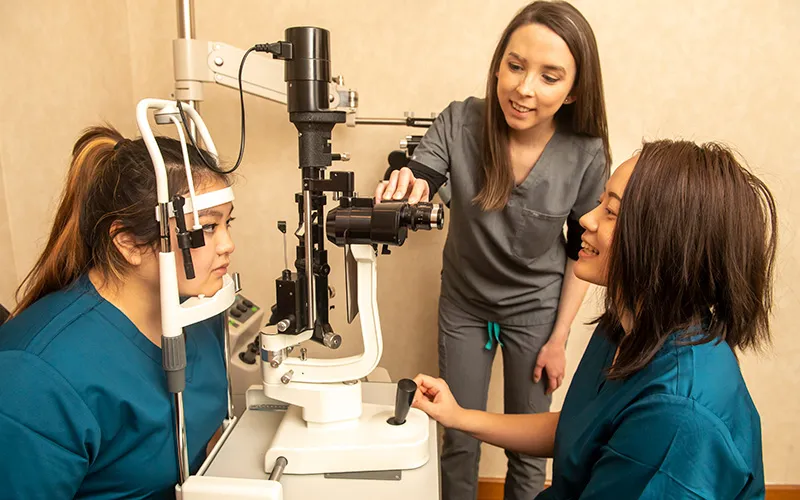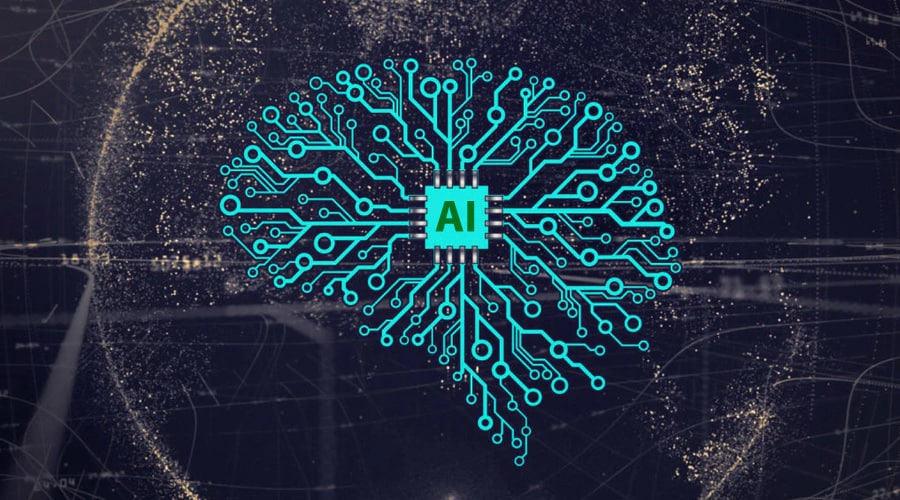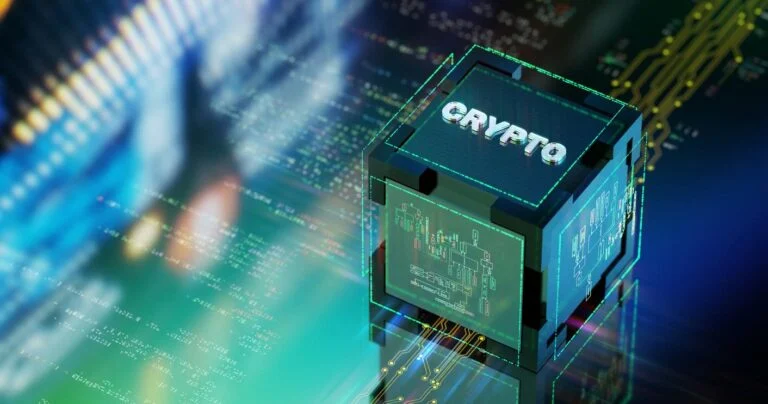Household pests are pesky visitors in our homes, but they are also much more. These creatures, from cockroaches to rodents, have developed complex sensory systems that allowed them to live alongside humans for centuries. We know little about what pests really feel about us and how they see us, and we can identify them because we mostly think about pest control from our viewpoint. However, the opportunities they can hold to understand how these organisms connect with us can lead to things we can improve with pest control.
Humans and pests share a unique intersection in biology, behavior, and adaptation. A growing body of scientific research has started to investigate the intelligence of common household pests. We will talk about whether the pests that invade our spaces are capable of recognizing us as single entities. And all of this information will also help you with the right strategies to keep your home pest free in Tacoma
Can Pests Recall Human Faces?
Most typical home pests do not perceive human faces as we do when we think of facial recognition. Cockroaches, ants, and flies are incapable of recognizing faces due to a lack of neural capacity, which these insects substitute by interpreting smells, movement patterns, and their environment when determining which animals they will share a space with and which threat to avoid.
But some pests have more advanced recognition skills than we ever expected. However, some rodents, especially rats and mice, seem to have the ability to identify individual humans via a combination of scent, sound, and visual information. Mice could detect their previous interaction with various human caretakers and reacted differently to each of them according to their previous interactions. This does not mean they are specifically identifying facial features but rather the entire sensory package given to human beings.
Cockroaches, which have relatively basic nervous systems, respond to a primitive form of classical conditioning, forming associations between stimuli and their consequences. Research has demonstrated that they can learn to associate specific human movements with danger, but that still does not approach actual facial recognition. It also explains why many pests seem to vanish upon the entrance of certain family members – they have linked those footsteps or movements to threats in the past.
What Does Science Say About Memories In Pests?
Scientific studies on pest memory have uncovered clever cognitive skills in many of the common invaders of our households. Cockroaches, long considered among the psychologically primitive, have associative learning capacities that help them quickly remember to avoid places where they have encountered insecticides or physical threats. American cockroaches were able to remember learned associations for up to seven days.
Read Also: The Benefits of Patient Care Technician Certification
Even rodents have even more amazing memory systems. Rats can remember how to solve complex mazes for months at a time and can recognize people they’ve met before. Based on research published in Animal Cognition, rats build rich memories of both positive and negative experiences with humans and use those memories to update future behaviors when interacting with people. This indicates a large memory capacity, helping them to thrive in their human-dominated habitat.
Some flying insects exhibit similar memory skills. Common house flies have been found to remember and steer clear of places where they have perceived danger. On the other hand, studies at the University of California showed that even the simplest of creatures, such as fruit flies, can remember for up to a day and change their actions based on what they have already learned. Although this memory is weak compared to that of mammals, it is impressive for an organism that lives for only 30 days.
The kind of memory that pests wield is generally linked to survival benefits – remembering where the food is, withstanding sensing signals, and steering clear of dangerous scenarios. They developed as a means of adapting to the world around them, not necessarily as the tools of social recognition, and that is why such proper recognition of individual humans is still limited to generalized threat response, not real facial recognition.









